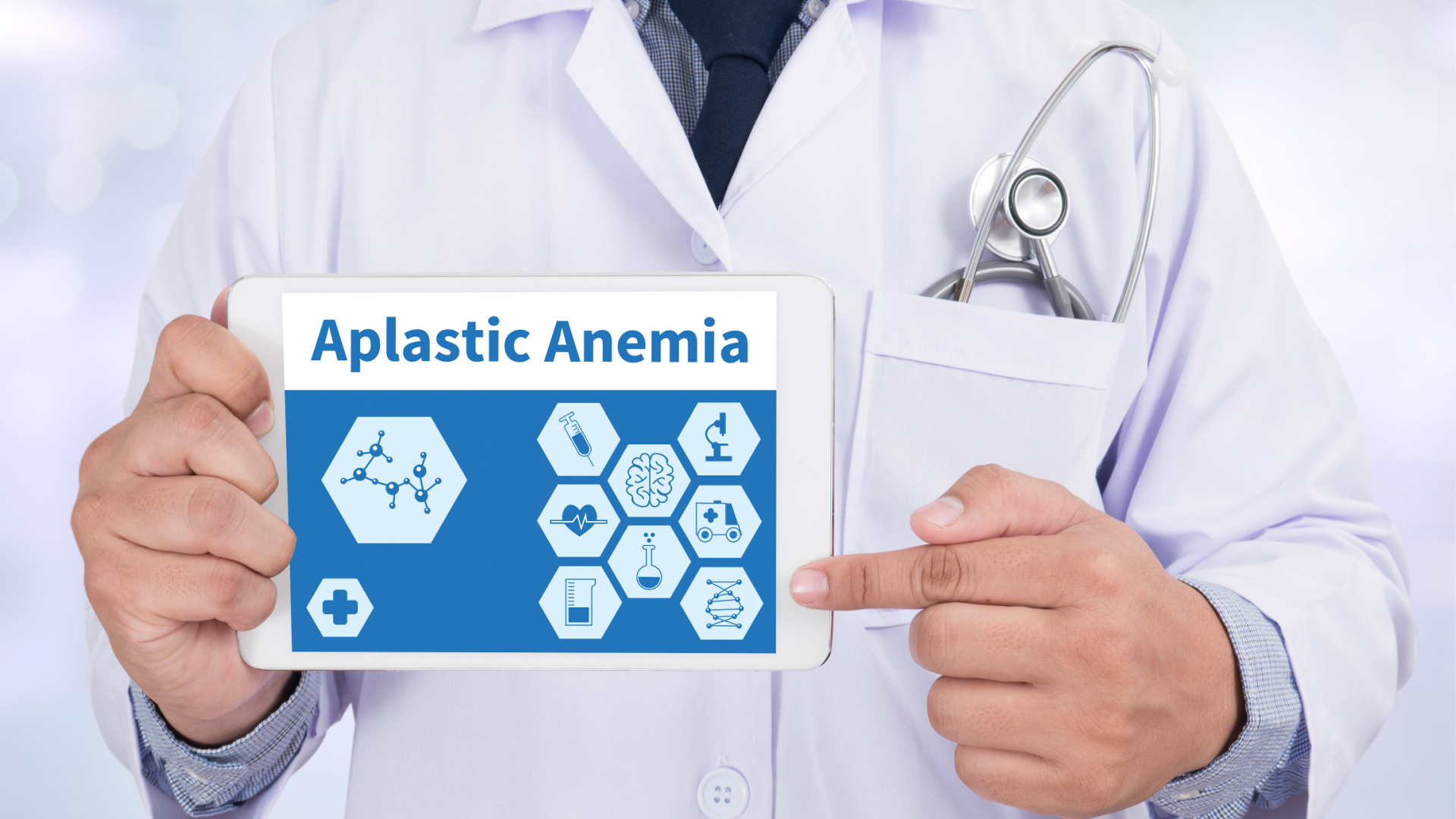
In adult patients with aplastic anemia, hematopoietic stem cell transplantation (HSCT) from a related haploidentical donor source plus post-transplantation cyclophosphamide (PTCy) for graft-versus-host disease (GHVD) prevention “achieved significantly higher neutrophil and platelet engraftment rates” compared with umbilical cord blood transplantation (UCBT), according to a retrospective analysis in Transplantation and Cellular Therapy.
The researchers, led by Yasushi Onishi, MD, of Tohoku University Hospital in Japan, noted that allogeneic HSCT is needed in cases of aplastic anemia that are refractory to immunosuppressive therapy or have very low neutrophil counts. They sought to determine the optimal approach when a human leukocyte antigen (HLA)-matched donor is not available and an alternative donor transplantation is required.
The study examined a nationwide registry for patients aged 16 years or older with aplastic anemia who underwent their first HSCT using UCBT or a haploidentical donor plus PTCy between 2016 and 2020. The primary endpoint was overall survival (OS) at one year after HSCT. Secondary endpoints included failure-free survival (FFS), neutrophil and platelet engraftment, and acute and chronic GHVD.
Haploidentical Donor HSCT Plus PTCy Has Some Advantages Versus UCBT
A total of 83 patients were analyzed, of which 24 received HSCT from a haploidentical donor plus PTCy and 59 received UCBT. The one-year rate of OS was 78.5% (95% CI, 55.7-90.5) in the haploidentical donor plus PTCy group compared with 77.5% (95% CI, 64.5-86.3; P=.895) in the UCBT group.
The one-year rate of FFS was 78.7% (95% CI, 56.1-90.6) with haploidentical donor plus PTCy versus 62.2% (95% CI, 48.5-73.3; P=.212) with UCBT. Notably, the FFS rate in patients aged under 40 years was significantly higher with haploidentical donor plus PTCy transplants (92.9%; 95% CI, 59.1-99.0) than with UCBT (63.9%; 95% CI, 43.2-78.7; P=.047).
The rates of neutrophil and platelet engraftment were 95.8% (95% CI, 73.9-99.4) and 83.3% (95% CI, 61.5-93.4) in the haploidentical donor plus PTCy group compared with 78.0% (95% CI, 65.1-86.6; P<.001) and 72.9% (95% CI, 59.6-82.4; P=.025) in the UCBT group, respectively. Cumulative incidence rates of grade II to IV acute GHVD and chronic GVHD did not significantly differ between the groups.
Overall, HSCT from a haploidentical donor plus PTCy improved neutrophil and platelet engraftment rates compared with UCBT, as well as FFS rates in patients aged under 40 years, although OS and GVHD outcomes were comparable. Dr. Onishi and colleagues suggested the haploidentical donor plus PTCy method was “promising for alternative donor transplantation in adult patients with aplastic anemia.”
Reference
Onishi Y, Mori T, Yamazaki H, et al. Comparison of haploidentical stem cell transplantation with post-transplantation cyclophosphamide versus umbilical cord blood transplantation in adult patients with aplastic anemia. Transplant Cell Ther. 2023;S2666-6367(23)01548-8. doi:10.1016/j.jtct.2023.09.009
Related: Anemia, Inflammation Linked to Dementia Plus Cognitive Decline

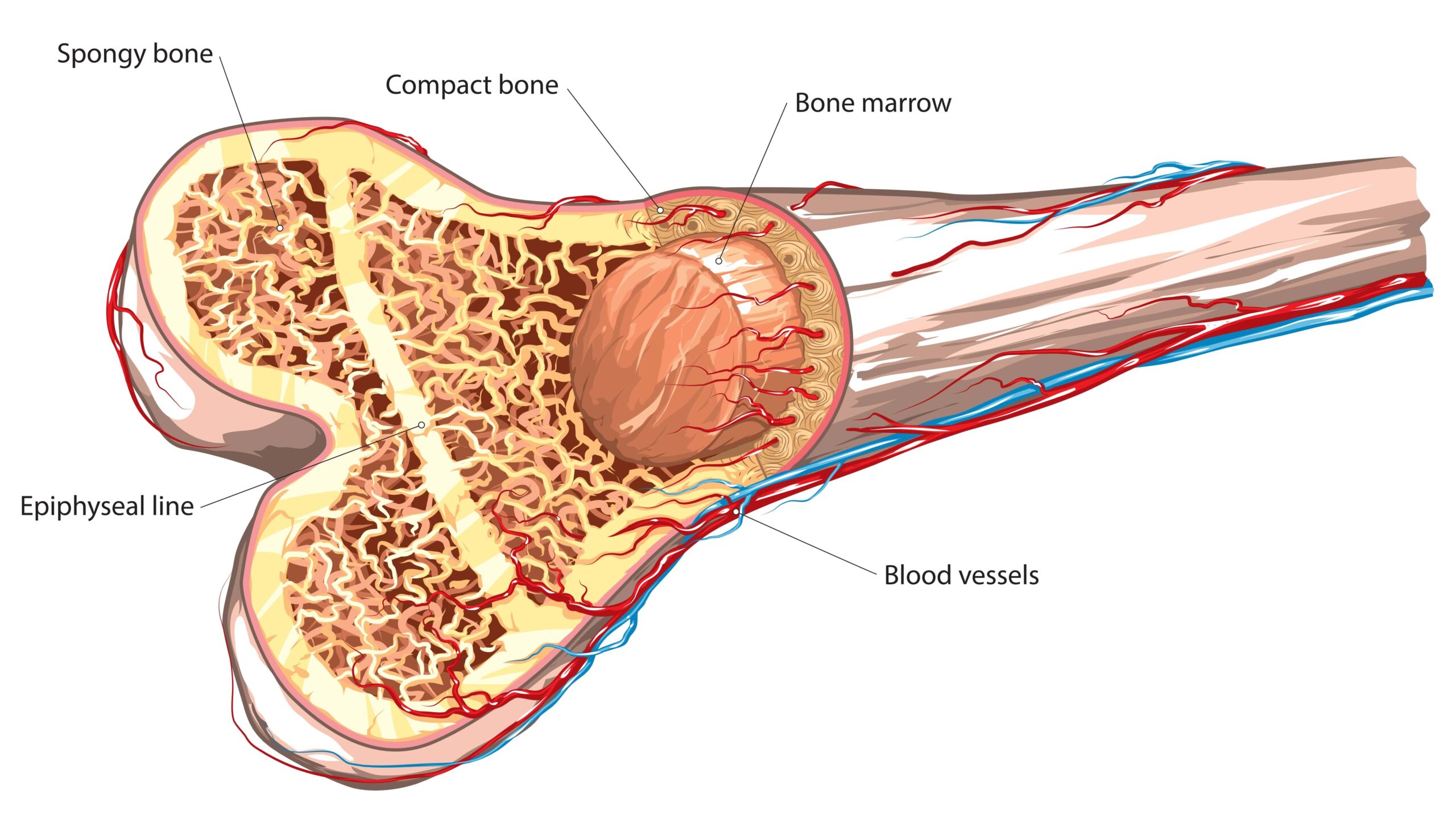
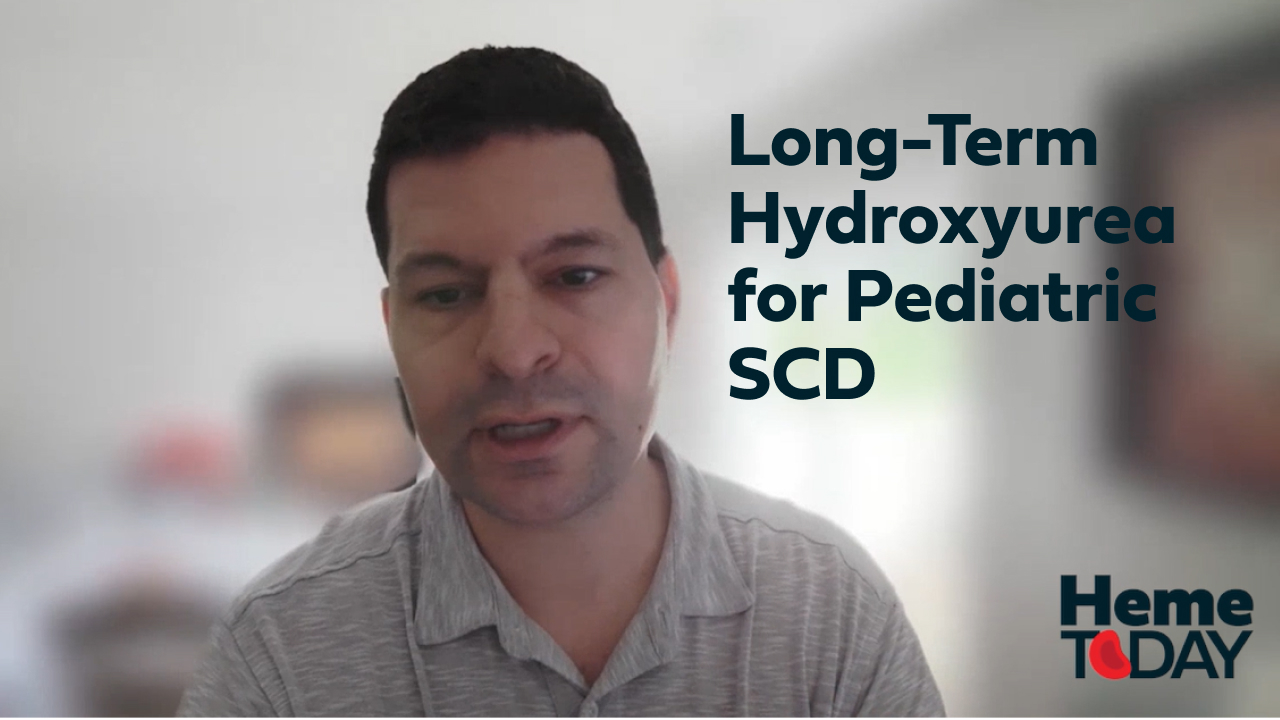
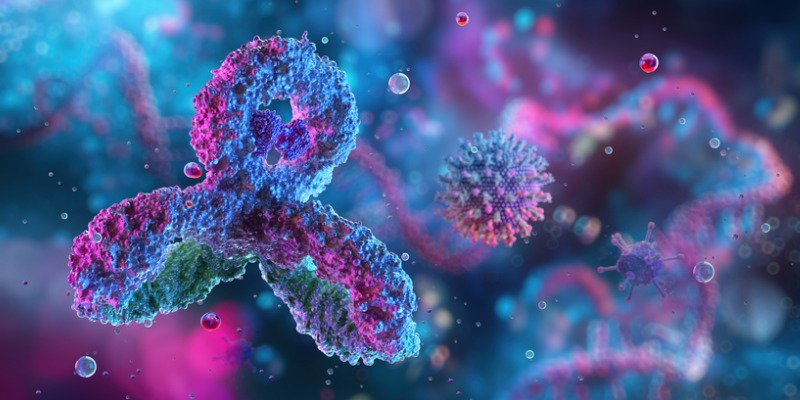
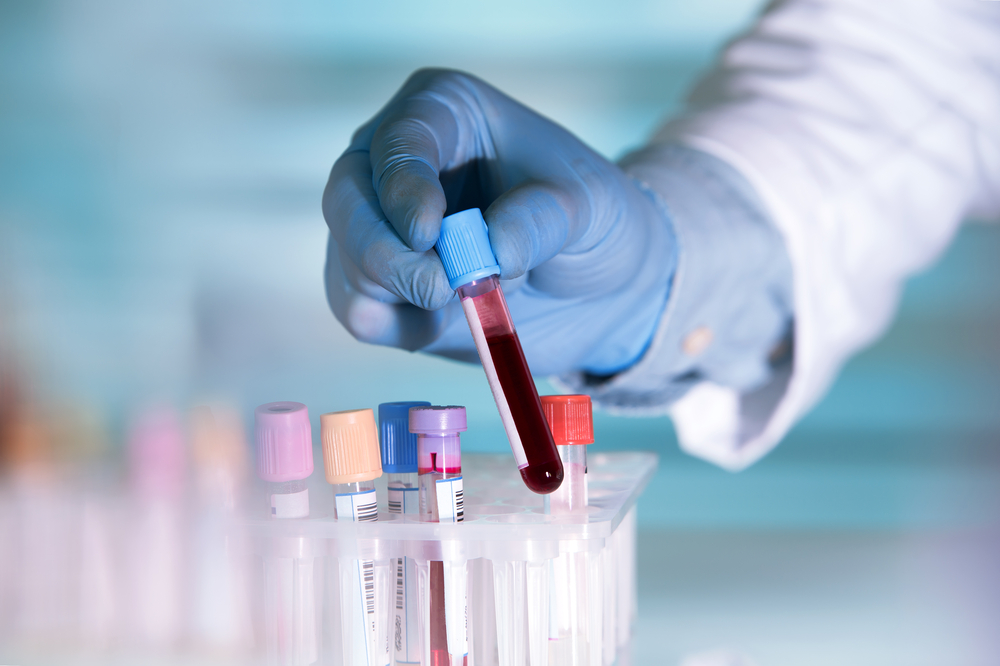

 © 2025 Mashup Media, LLC, a Formedics Property. All Rights Reserved.
© 2025 Mashup Media, LLC, a Formedics Property. All Rights Reserved.